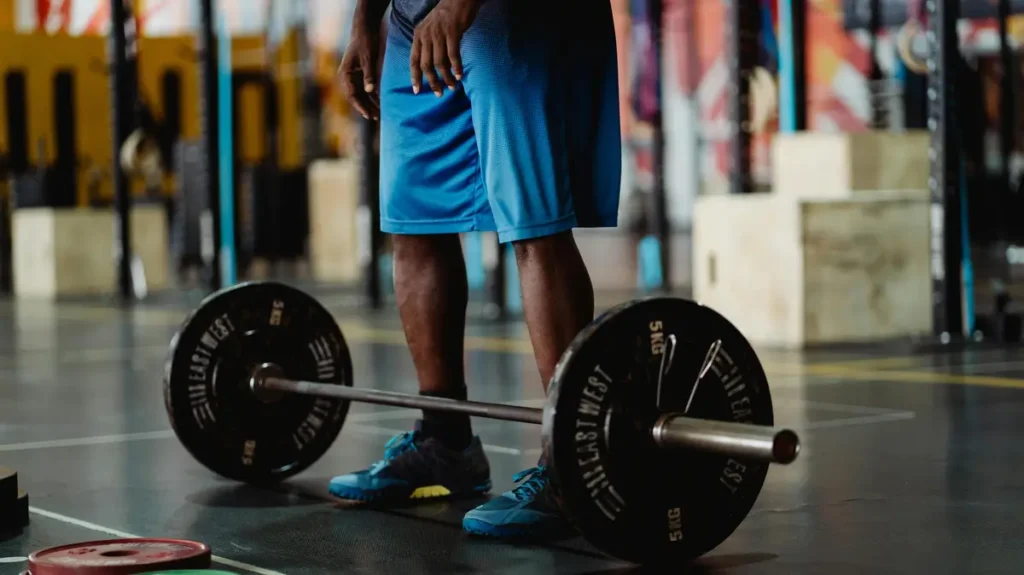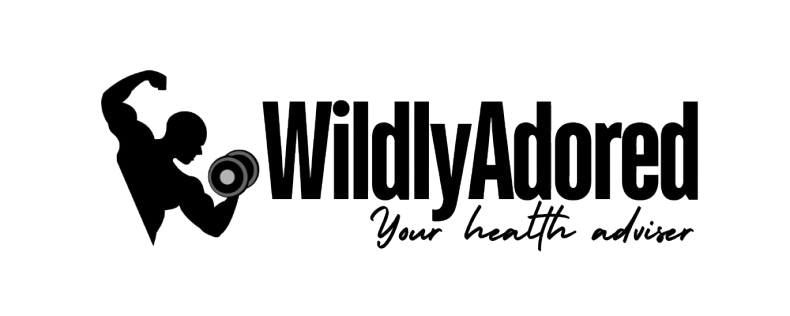Table of Contents
- Introduction
- Why the Deadlifts are Effective for Fat Loss
- How to Perform the Deadlifts Correctly
- Best Deadlifts Variations for Fat Loss
- Incorporating Deadlifts into Your Fat-Loss Workout Plan
- Common Deadlift Mistakes to Avoid
- FAQs About Deadlifts for Fat Loss
- Conclusion
Introduction
The deadlift is one of the most powerful exercises in the world of fitness, known for its ability to build strength, improve posture, and develop overall muscularity. But did you know that deadlifts can also be an effective tool for fat loss? This compound movement engages multiple muscle groups, burns significant calories, and enhances your metabolism, making it a must-have exercise for fitness seekers aiming to shed fat and gain lean muscle.
In this article, we’ll explore the science behind using deadlifts for fat loss, proper techniques, variations, and how to incorporate them into your routine for maximum results.
Why the Deadlifts are Effective for Fat Loss
The deadlift stands out as a fat-burning exercise because it:
1. Engages Multiple Muscle Groups
The deadlift activates major muscle groups, including your glutes, hamstrings, quads, core, back, and even grip strength. This multi-muscle engagement requires a significant amount of energy, which translates to higher calorie burn during and after your workout.
2. Boosts Metabolic Rate
Deadlifts trigger an afterburn effect, scientifically known as excess post-exercise oxygen consumption (EPOC). After performing deadlifts, your body continues to burn calories as it repairs and rebuilds muscle tissue.
3. Builds Lean Muscle Mass
Building muscle is key to fat loss. Deadlifts help increase lean muscle mass, which in turn raises your resting metabolic rate. The more muscle you have, the more calories you burn, even at rest.
4. Improves Functional Fitness
Deadlifts mimic everyday movements like lifting heavy objects, making them practical for functional strength. This translates to better physical performance, enabling you to stay active and burn more calories over time.

How to Perform the Deadlifts Correctly
To maximize fat loss and avoid injury, proper form is crucial. Follow these steps for a safe and effective deadlift:
1. Setup
- Stand with your feet shoulder-width apart.
- Position the barbell over the middle of your feet.
- Hinge at the hips and bend your knees to grip the bar just outside your knees.
2. Lift
- Keep your back straight and core engaged.
- Drive through your heels, extending your hips and knees simultaneously to lift the bar.
- Avoid rounding your back or letting the bar drift away from your body.
3. Lockout
- Stand tall at the top, shoulders back, and chest proud.
- Avoid leaning back or overextending your spine.
4. Lower the Bar
- Reverse the movement by hinging at your hips and bending your knees.
- Control the bar as you lower it to the ground.

Best Deadlifts Variations for Fat Loss
Incorporating different deadlift variations into your workout routine can keep your sessions engaging and target specific muscle groups.
1. Conventional Deadlift
This classic deadlift is a full-body exercise that emphasizes the posterior chain, including the glutes, hamstrings, and back.
2. Sumo Deadlift
With a wider stance, the sumo deadlift reduces stress on the lower back while targeting the inner thighs and quads.
3. Romanian Deadlift
Focuses on the hamstrings and glutes, making it an excellent accessory exercise for building strength and burning calories.
4. Trap Bar Deadlift
The trap bar deadlift minimizes strain on the lower back and is beginner-friendly while still providing a significant calorie burn.
5. Single-Leg Deadlift
A unilateral exercise that improves balance and targets stabilizing muscles, ideal for enhancing core strength and burning fat.
Read more: 8 Benefits of Deadlifts You Probably Never Knew About
Incorporating Deadlifts into Your Fat-Loss Workout Plan
To make the most of deadlifts for fat loss, consider these tips:
1. Combine with High-Intensity Workouts
Pair deadlifts with high-intensity interval training (HIIT) to amplify calorie burn. For example, alternate between sets of deadlifts and kettlebell swings.
2. Focus on Progressive Overload
Gradually increase the weight or reps to challenge your muscles and ensure continuous improvement.
3. Add Deadlifts to Full-Body Routines
Include deadlifts in full-body or lower-body workout days to maximize their calorie-burning potential.
4. Prioritize Recovery
Rest is crucial for muscle repair and growth. Ensure you get enough sleep, hydration, and nutrition to support your fitness goals.
Read more: Deadlift Guide: Techniques, Benefits, Variations – Verywell Fit
Common Deadlift Mistakes to Avoid
Avoid these pitfalls to ensure you’re getting the most out of your deadlifts:
- Rounding Your Back: Leads to injury and reduces efficiency.
- Using Too Much Weight: Start light and prioritize form over heavy lifting.
- Neglecting Warm-Up: Always warm up your muscles to prevent strains.
- Poor Grip: Use a secure grip to avoid dropping the bar or losing control.
Read more: Sore Muscles After Activity: Should You Rest or Keep Moving?
FAQs About Deadlifts for Fat Loss
1. Can beginners do deadlifts for fat loss?
Absolutely! Beginners should start with lighter weights and focus on mastering proper form. Gradually increase the intensity as you gain confidence and strength.
2. How often should I perform deadlifts for fat loss?
Incorporate deadlifts 2–3 times a week, ensuring proper recovery between sessions.
3. Do deadlifts burn belly fat?
While deadlift help burn overall body fat, spot reduction isn’t possible. Combine deadlift with a balanced diet and cardio for best results.
4. Are deadlifts safe for people with back pain?
If you have back pain, consult a fitness professional or physical therapist before attempting deadlift. Variations like the trap bar deadlift may be safer.
5. What’s the ideal rep range for fat loss with deadlifts?
Aim for 8–12 reps per set with moderate to heavy weights to balance calorie burn and muscle building.
Conclusion
The deadlift is a powerhouse exercise that offers immense benefits for fat loss and muscle building. By engaging multiple muscle groups, boosting your metabolism, and improving functional fitness, deadlifts can accelerate your journey to a leaner, stronger body. Whether you’re a beginner or an advanced lifter, incorporating deadlifts into your routine will help you burn calories and build muscle simultaneously.


Leave a Reply